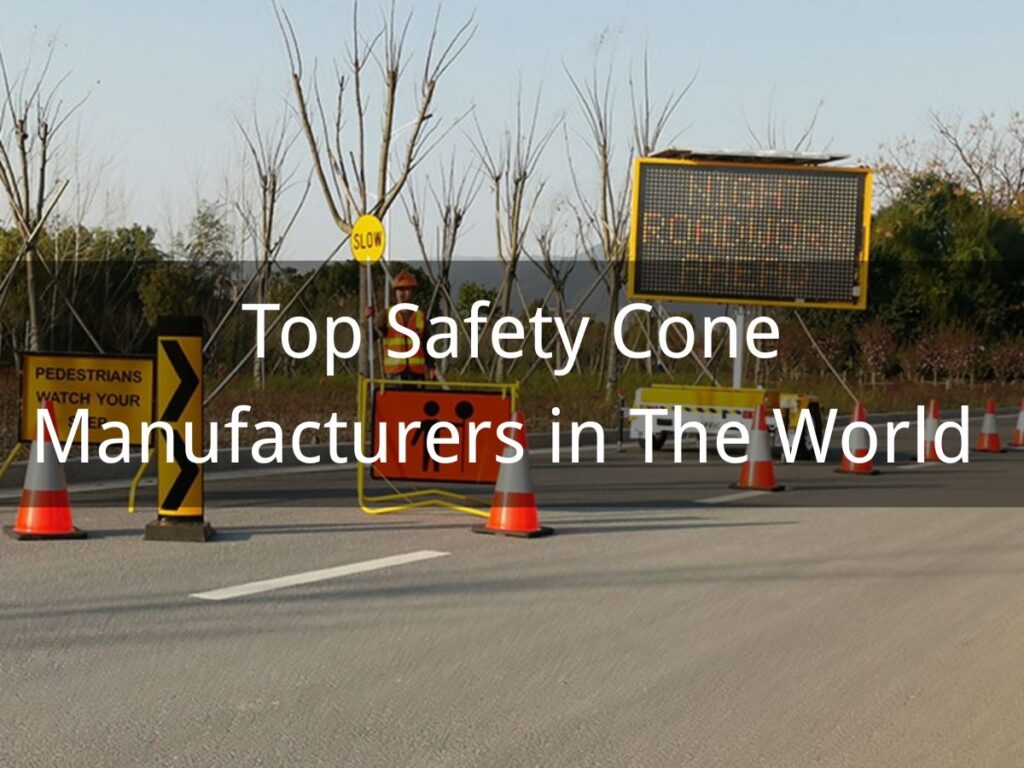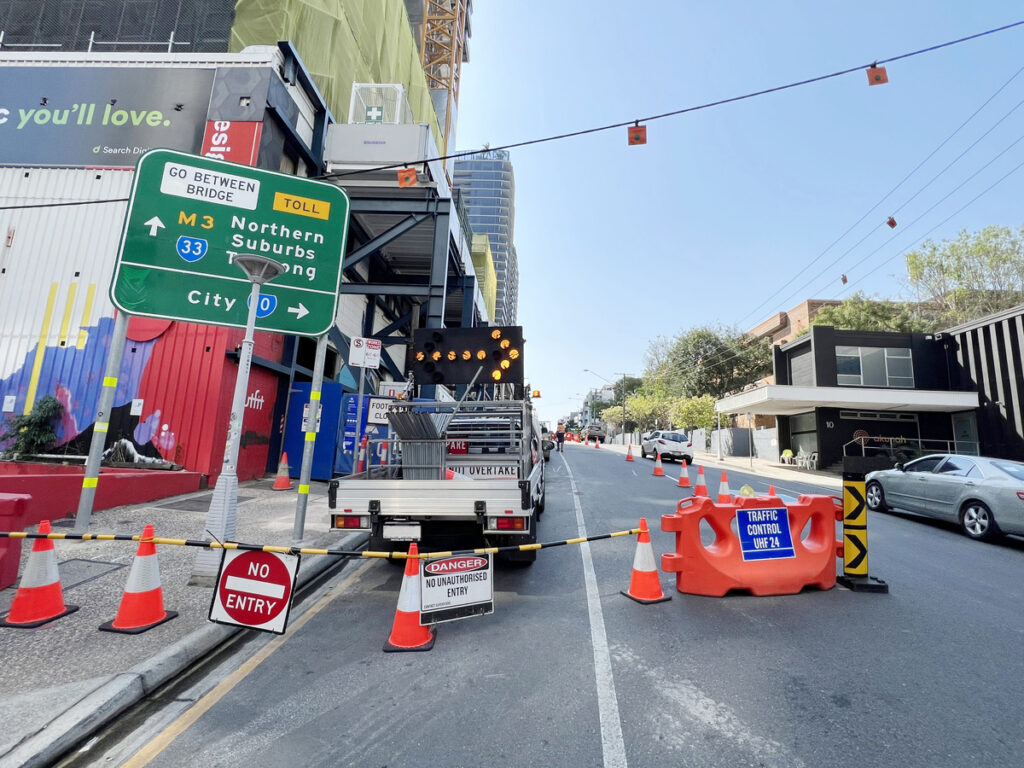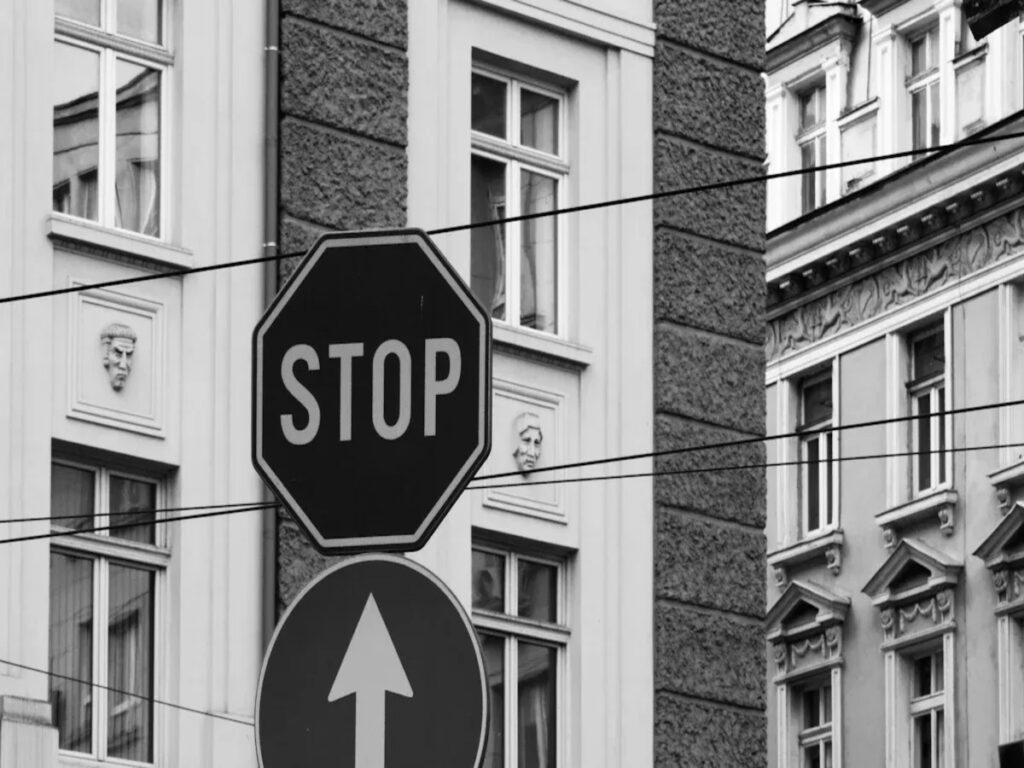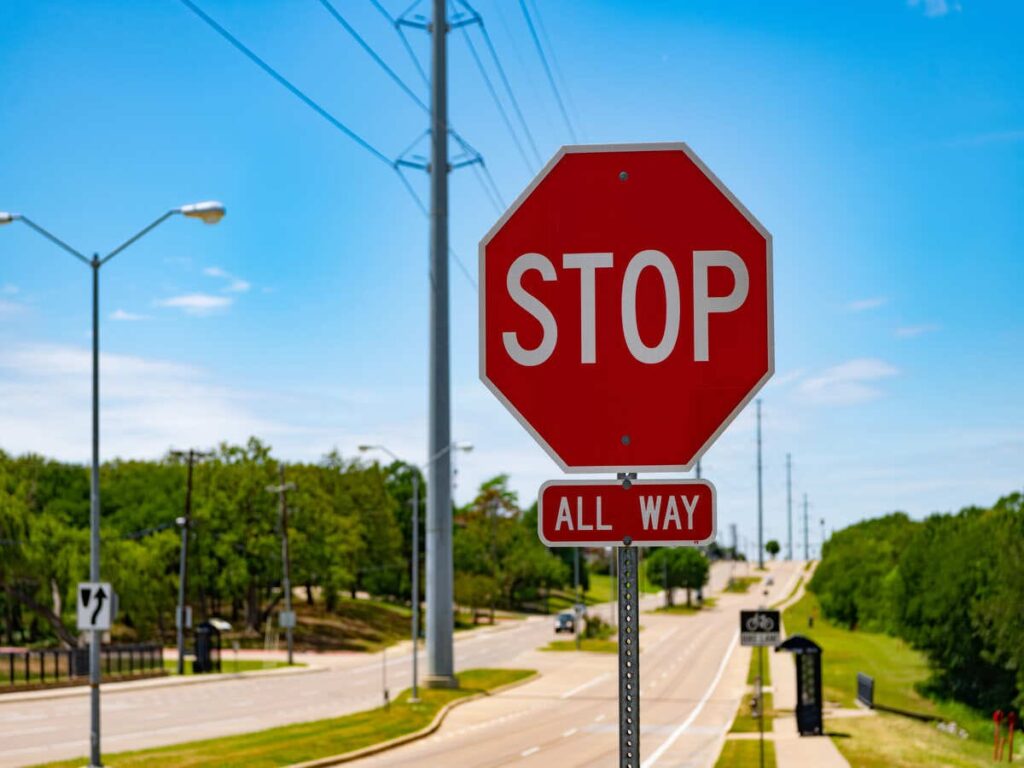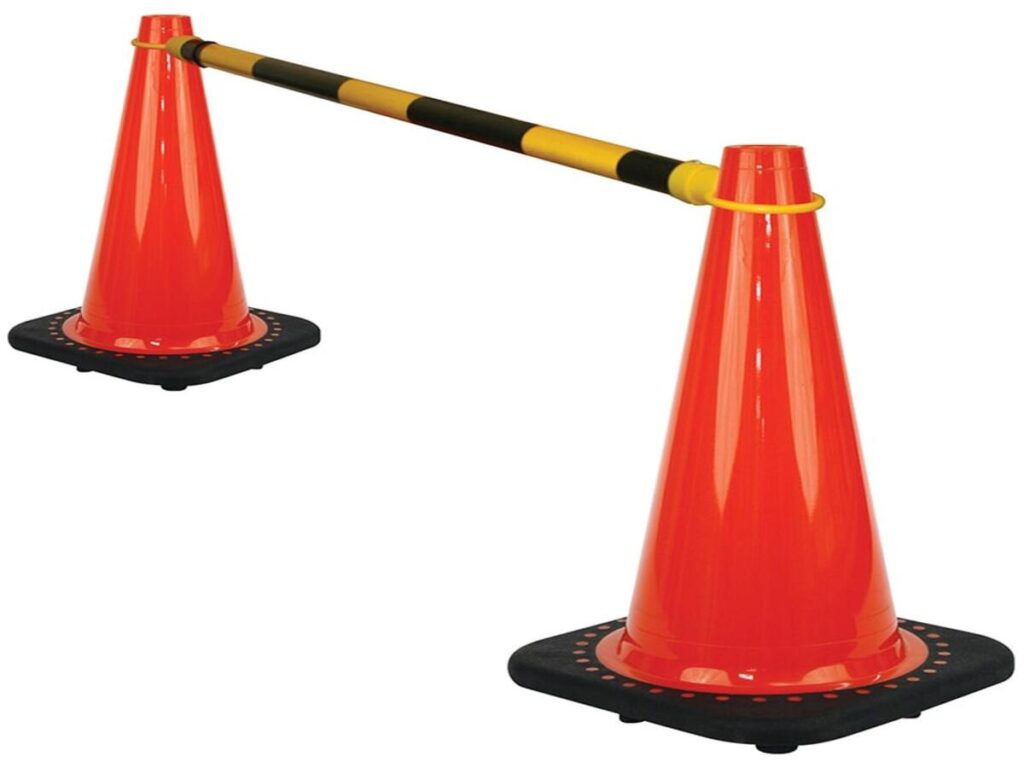
Work zones can be dangerous places. Traffic jams and poor visibility make accidents more likely, especially in bad weather. For example, rain can lower freeway capacity by 14%. Snow can reduce it by 22%. Bad weather also slows down cars, making safety harder to manage. Using queue warning systems with traffic delineator posts improves safety. These systems give alerts and guide drivers with lane markers. Slower speeds in work zones help prevent crashes. Real-time alerts are important for keeping drivers safe.
That’s why OPTRAFFIC offers advanced traffic management solutions, including high-visibility delineator posts. Designed to perform reliably in all weather conditions, OPTRAFFIC’s products help reduce risks in work zones by improving visibility, guiding traffic flow, and delivering timely alerts. With OPTRAFFIC, road crews and agencies can better manage safety in even the most challenging environments.
Key Takeaways
- Queue warning systems tell drivers about traffic backups. This helps them slow down and stay safe.
- Traffic posts show drivers the right path in work zones. They reduce confusion and make roads easier to see.
- Using warning systems with posts makes work zones safer. Drivers get alerts and clear directions at the same time.
- Putting these systems in the right spots is important. Drivers need to see them early to react.
- Keeping these systems in good shape is necessary. It helps keep work zones safe for a long time.
Understanding Queue Warning Systems

What Are Queue Warning Systems?
Queue warning systems are smart tools that help manage traffic. They use sensors to watch traffic and spot slowdowns or stopped cars. When a traffic jam starts, the system sends warnings to drivers. These warnings appear on signs or through connected car systems.
These systems are very advanced. They gather live data about traffic, weather, and roads. With this data, they measure the size of the traffic jam and count the cars. They also track how fast cars are moving and where they are going. By studying past and current data, the system can guess when new traffic jams might happen. This helps warn drivers before traffic gets worse.
| Feature | What It Does |
|---|---|
| Data Collection | Gathers live info on traffic, roads, and weather. |
| Queue Detection | Spots traffic jams quickly and accurately. |
| Queue Size | Measures how long the traffic jam is. |
| Vehicle Count | Counts the number of cars in the jam. |
| Speed and Direction | Tracks how fast and where cars are moving. |
| Prediction Ability | Uses data to guess future traffic jams. |
| Warning Alerts | Sends alerts to drivers using signs or car systems. |
How Queue Warning Systems Enhance Traffic Safety
Queue warning systems make roads safer by spotting traffic jams early. They warn drivers in time to slow down or switch lanes safely. This helps prevent rear-end crashes, which often happen in heavy traffic.
Research shows these systems improve safety a lot. For example, sensors on the right side of the road detect jams 25% of the time. Sensors on the left side work better, finding jams 64% of the time. Left-side sensors also make fewer mistakes, so they are more dependable.
| Sensor Location | Detection Success | Mistake Rate |
|---|---|---|
| Right-side | 25% | 36% |
| Left-side | 64% | 23% |
These systems also help drivers by giving clear and quick updates. When drivers know about traffic jams ahead, they can drive more carefully. This reduces sudden braking or quick lane changes. Overall, these systems make work zones safer and keep traffic flowing better.
The Role of Traffic Delineator Posts in Work Zone Management
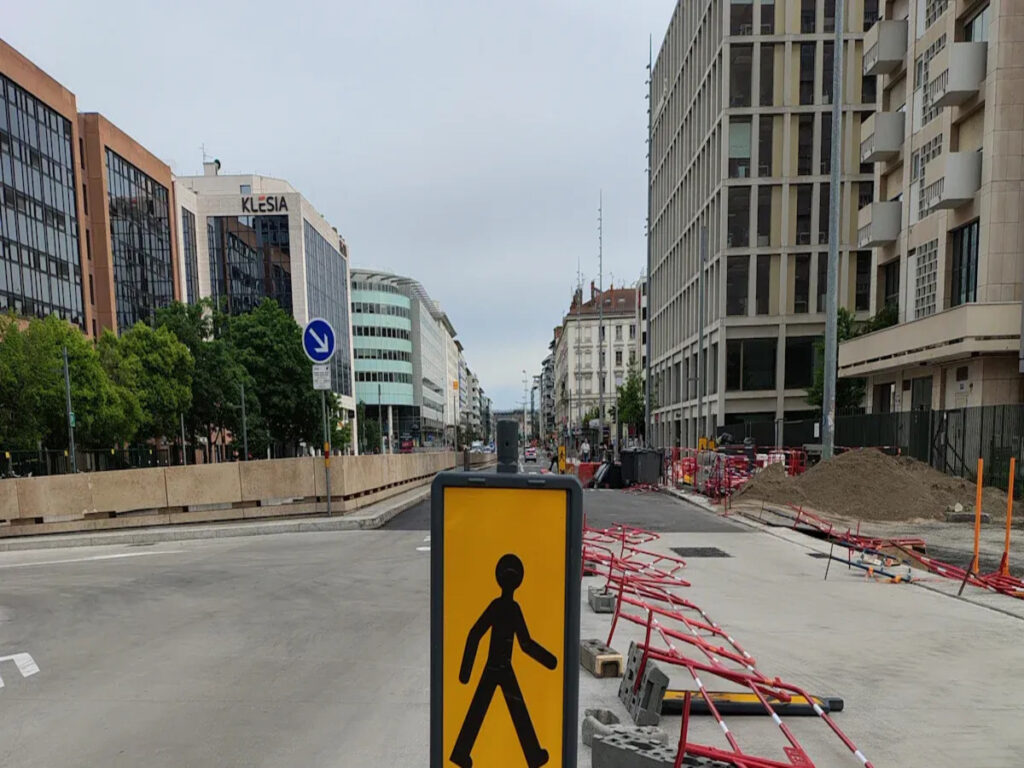
What Are Traffic Delineator Posts?
Traffic delineator posts are markers that guide cars in work zones. They are made from strong, bendable plastic that doesn’t break easily. Bright colors and reflective parts make them easy to see, even at night or in bad weather.
These flexible delineators are placed along lane edges, detours, or construction areas. They show drivers where to go and help avoid dangers. Reflective parts on the posts bounce light back from 1,000 feet away. Each post must meet rules, like being 4 feet tall and having a 3-inch reflective area.
Where flexible delineators are placed matters too. On straight roads, they are spaced 200 to 530 feet apart. On curves or ramps, they are closer together for better visibility. In areas where lanes narrow, posts are placed along the entire transition zone.
Benefits of Traffic Delineator Posts for Safety
Traffic delineator posts make work zones safer by guiding drivers clearly. They help prevent cars from leaving lanes or crashing into hazards. This is especially useful in tricky or new road layouts.
Studies show these posts can cut travel time by 25% during busy hours. They also lower accident rates by 30%, making roads much safer. Flexible posts are great for showing lane changes and detours. Their reflective parts make them visible, even in poor conditions.
Real-life examples prove their value. In Minnesota, switching to flexible posts reduced serious crashes. In Texas, breakaway posts cut fatal roadside crashes by 25%. These results show how important these posts are for safety.
With good visibility, strength, and smart placement, these flexible traffic delineators protect drivers and workers. They are a simple but effective way to manage traffic safely.
Integrating Queue Warning Systems with Traffic Delineator Posts
Real-Time Integration for Better Safety
Using queue warning systems with traffic delineator posts makes work zones safer. These systems send alerts to drivers about traffic changes ahead. Signs show warnings about slow traffic or lane closures. At the same time, delineator posts guide cars safely through the area. This reduces confusion and keeps traffic moving smoothly.
This setup improves safety by handling both fixed and changing needs. Delineator posts mark clear paths, while queue systems adjust to live traffic data. For example, if traffic slows suddenly, the system warns drivers right away. This teamwork lowers the chance of crashes and helps drivers move safely through work zones.
How the Integration Works
This system uses smart tools and careful placement to work well. Sensors in queue systems track traffic speed, car numbers, and jams. These sensors send data to signs that show live updates to drivers. Many systems use solar power to keep running, even in faraway places.
Delineator posts add extra help by showing a clear path. They are placed along lanes or detours to guide drivers visually. Together with queue systems, they give both live alerts and physical guidance.
| Part | Job |
|---|---|
| Sensors | Watch traffic speed, jams, and car numbers. |
| Messaging Signs | Show live warnings and updates to drivers. |
| Solar-Powered Devices | Keep systems working without stopping. |
| Delineator Posts | Mark lanes and improve visibility in work zones. |
This setup ensures drivers get quick warnings and clear directions. It makes work zones safer and traffic flow better.
Real-Life Success Stories
Real examples show how well these systems work together. On I-35 in Texas, end-of-queue warning systems were added to work zones. These systems cut rear-end crashes by up to 45%.
Another success was seen in the I-70/I-57 project. This integration brought big safety improvements:
| Project | Fewer Queuing Crashes | Fewer Injury Crashes | More Lane Closures |
|---|---|---|---|
| I-70/I-57 | 14% | 11% | 52% |
These examples prove that combining live alerts with clear guidance makes work zones much safer. Using smart systems reduces accidents, improves traffic flow, and protects both drivers and workers.
Tip: When managing work zones, think about using queue warning systems with delineator posts. This method boosts safety and keeps traffic moving during construction or repairs.
Best Practices for Implementation
Strategic Placement of Systems
Placing systems in the right spots makes them work better. Queue warning systems should be set up before traffic slows down. This way, drivers get alerts early and can prepare. For example, sensors can be placed hundreds of feet before lane closures or detours.
Traffic delineator posts help by showing clear paths in work zones. Traffic delineator posts should be closer together on ramps or curves for better visibility. On straight roads, they can be spaced farther apart. Together, these placements give drivers clear guidance and timely warnings.
Think about weather and road conditions when planning placement. Bad weather, traffic speed, and road design affect how systems work. Adjust sensors to match these conditions. This ensures drivers get accurate alerts and travel time updates, even in tough situations.
Tip: Use movable delineator posts for short-term setups and fixed posts for long-term projects. This makes it easier to adjust to changing work zones.
Ensuring System Compatibility
Making sure systems work well together is very important. Sensors, signs, and posts must connect as one system. This reduces mistakes and gives drivers better information.
Using past data can help predict how systems will perform. Comparing expected reliability with actual needs ensures success. Special techniques can also show how long systems might last, helping with long-term planning.
| Evidence Description | Key Insights |
|---|---|
| Series system life estimates | Shows how long systems might last based on parts’ lifespans. |
| Reliability modeling with past data | Predicts reliability and compares it to what’s needed. |
To improve compatibility, link systems to local traffic centers. This allows automatic updates and quick responses to problems. Remote monitoring tools also help keep systems running smoothly across all work zones.
Maintenance and Monitoring for Long-Term Safety
Regular care keeps smart work zone systems working well. Preventive maintenance stops equipment from breaking and makes it last longer. Predictive maintenance uses data to find problems early, so repairs can be planned ahead.
Condition-based maintenance checks equipment in real time. Repairs happen only when needed, reducing downtime. This keeps systems running during busy times.
- Preventive Maintenance: Regular checks to stop equipment from breaking.
- Predictive Maintenance: Uses data to find problems early and plan repairs.
- Condition-Based Maintenance: Fixes equipment based on its current condition.
Remote monitoring adds extra safety. Supervisors can watch systems and fix issues quickly. This keeps smart work zone systems working well and traffic moving safely over time.
Note: Using different maintenance methods ensures both technology and physical tools stay effective during work zone projects.
Using fixed tools like traffic delineator posts with smart systems like queue warning systems makes work zones much safer. Drivers get clear directions and live updates, which help prevent crashes and keep traffic moving smoothly.
Why it matters: Making these combined systems a regular practice can greatly improve work zone safety. Supporting these ideas in your projects can lead to safer roads for all.
Teamwork is essential. Traffic officials, builders, and tech companies need to join forces to expand these solutions. Working together ensures safer and smarter work zones for everyone.
FAQ
Why are queue warning systems important in work zones?
Queue warning systems find slow traffic and warn drivers quickly. This helps drivers adjust, preventing crashes and keeping everyone safer.
How do traffic delineator posts help drivers see better?
Traffic delineator posts have reflective parts that shine brightly. They guide drivers safely, even in the dark or during storms.
Can these systems work together in all work zones?
Yes, these systems fit many work zones. They adjust to traffic and give both warnings and clear directions.
How does checking systems keep them safe for a long time?
Regular checks find problems early and fix them fast. This keeps alerts accurate and guidance clear during the whole project.
Do traffic systems work well in bad weather?
Yes, modern systems handle tough weather. Strong sensors and sturdy tools keep them working in all conditions.

